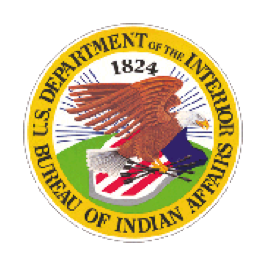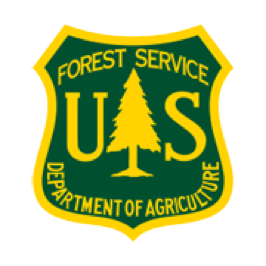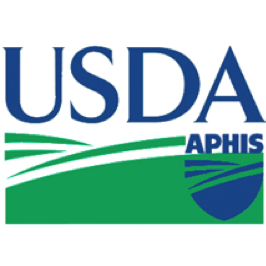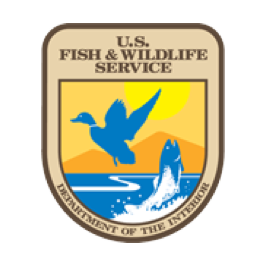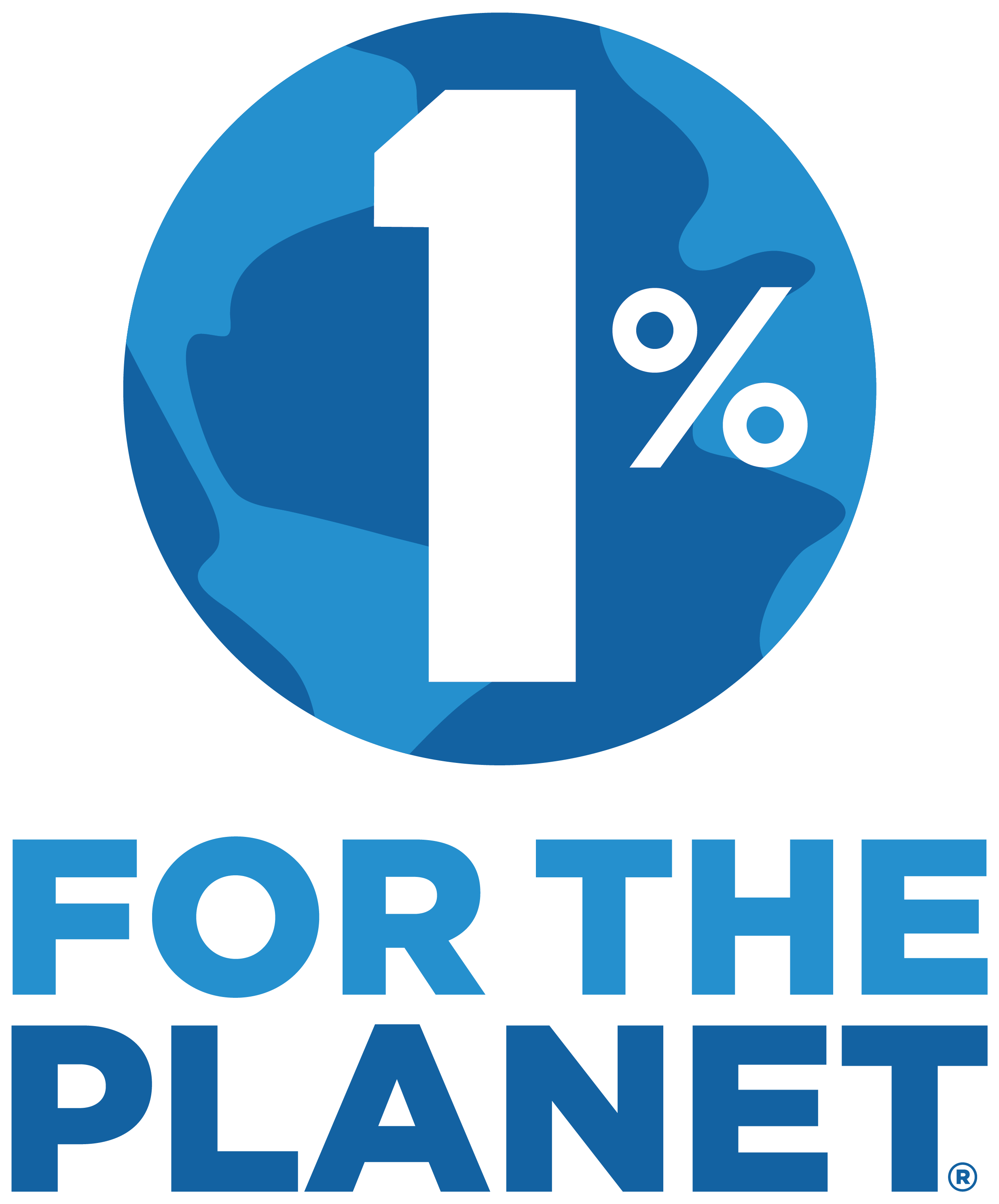Invasive Species
INVASIVE SPECIES
Invasive species are non-native organisms whose introduction can disrupt the natural ecological balance of ecosystems. They can be terrestrial or aquatic plants, vertebrates, invertebrates or pathogens. Once firmly entrenched, invasive species can cause the extinction of native species, interrupt ecosystem functions, spread disease, impact human health, and cause economic hardship. The spread of invasive species can also be facilitated by climate change.
TRIBAL IMPACT
Invasive species impact Tribes on a multitude of levels from environmental to cultural and every step in between. With the complex conjunction of climate concerns and forest management diversity, invasive species are more at the forefront of conservation considerations. To contribute to this complexity, the absence of dedicated management for the minimization and monitoring of specific invasive species concerns and the lack of or reduced tribal capacity for most tribal programs only compound these concerns.
The spread of invasive species does not halt at tribal boundaries and often tribal utilization and understanding of these species may have been accepted by indigenous communities, especially in aspects of food, medicinal or ceremonial purposes. Despite any acceptance, Tribes do recognize that invasive species can be detrimental to biodiversity. Greatest concerns are to cultural and economic resources for Tribes and evaluation of negative impacts are necessary to determine what actions are needed to address invasive species spread throughout Indian Country.
NAFWS ACTION
The Native American Fish & Wildlife Society recognizes the importance of identifying, preventing, and controlling invasive species to protect Tribal natural resources. NAFWS supports Tribes through actions, including:
- Hired Invasive Species Coordinator and developing an invasive species program.
- Technical assistance for invasive species management
- Provide panel discussions and presentation sessions on invasive species, wildlife diseases and impacts to Tribal Lands at national and regional conferences.
- Active members of the North American Invasive Species Management Association and the USFWS Aquatic Nuisance Species Taskforce
Take our Invasive Species Program Questionnaire to help our IS program staff determine what our next steps should be with outreach.
WEBINAR RECORDINGS
As part of our commitment to control invasive species and protect Tribal natural resources, we will be hosting a series of webinars pertaining to our program and tactics. As members of NAFWS, you will have these recordings available for your use and resource.
- January 31, 2024- Principles of Early Detection Rapid Response
- Passcode: UWR6^H&x
- February 28, 2024- Apps to Use to Identify Plants
- Passcode: tawq?4b*
- March 27, 2024- Apps and EDRR
- Passcode: aUd7Ni9&
- April 24, 2024- Small Animals, Big Problems
- Passcode: iygr37U*
- May 29, 2024- National EDRR Framework
- Passcode: KA^m+qA7
- June 26, 2024- Using EDRR on Terrestrial and Aquatic Species
- Passcode: e^94TGKh
- July 31, 2024- Invasive Species and Restoration
- Passcode: Kmf59yA^
- August 28, 2024- Aquatic Invasive Species Rapid Response
- Passcode: jePx+6ZC
- September 25, 2024- Damages of Not Responding to Invasive Species
- Passcode: &u^26NV1
- October 9, 2024- Managing Aquatic Invasive Species: Eurasian Watermilfoil
- Passcode: $qeEj2fH
- November 20, 2024- Signal Crayfish
- Passcode: y!ab2Zi!
- December 18, 2024- Managing the Impact: Strategies for Controlling Invasive Wild Horse Populations
- Passcode: Fi1Cwf!u
